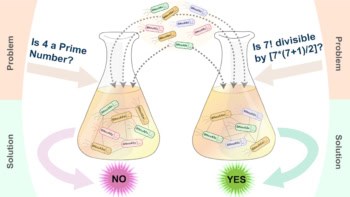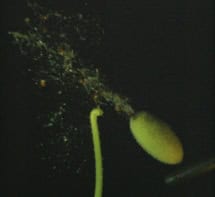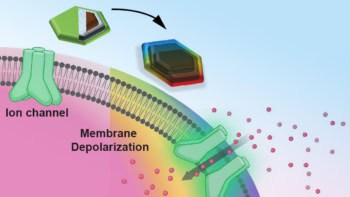Researchers in the US have developed a technique that might allow organic molecules in solution to self-assemble into pre-programmed two-dimensional crystals that could have applications in electronics and optics. Nadrian Seeman of New York University and colleagues used a mathematical construct, the Wang tile, to generate the crystalline forms of DNA. Wang theory assumes that the edges of each tile are coloured. Different edges can have different colours, but tiles can be only placed next to each other if their touching edges are the same colour. However, even a two-colour tile can produce a complex pattern or structure. Since the operation of DNA depends on "base pairs" - an A base can only bind with a T base, and a C base can only bind with a G base - they can mimic the behaviour of Wang tiles (Nature 394 539).
Tiling theory could make DNA chips a reality
07 Aug 1998



